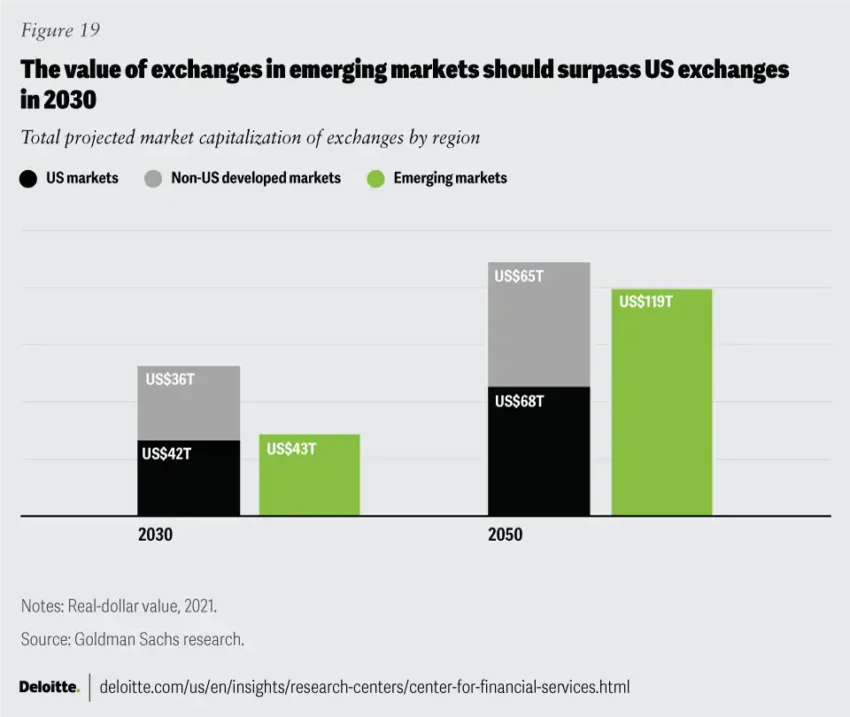Have you ever thought about how your spending choices impact the world? Socially responsible spending, or putting your money where your values are, has been a rising trend over the past few years. But here’s the catch: despite this upward trajectory, recent data shows a surprising dip. Why is this happening? And what does it mean for the future of conscious consumerism? Let’s dive into this topic together to unpack the numbers and explore the story behind them.
Table of Contents
| Sr# | Headings |
|---|---|
| 1 | What is Socially Responsible Spending? |
| 2 | The Recent Decline: What’s Happening? |
| 3 | Three-Year Growth: The Bigger Picture |
| 4 | Economic Pressures and Their Role |
| 5 | Shifts in Consumer Priorities |
| 6 | The Role of Businesses in Driving Change |
| 7 | The Power of Gen Z and Millennials |
| 8 | How Social Movements Influence Spending |
| 9 | The Role of Technology in Conscious Choices |
| 10 | Practical Tips for Socially Responsible Spending |
| 11 | Balancing Budget and Values |
| 12 | What Lies Ahead for Conscious Consumers? |
| 13 | Common Misconceptions About Ethical Spending |
| 14 | The Ripple Effect: Why Every Dollar Matters |
| 15 | How to Get Involved and Stay Inspired |
1. What is Socially Responsible Spending?
Let’s start with the basics. Socially responsible spending means choosing products and services that align with your ethical, environmental, and social values. Think of it as voting with your wallet. Whether it’s buying from brands that use sustainable materials, supporting local businesses, or donating to charitable causes, this form of spending has gained significant traction.
2. The Recent Decline: What’s Happening?
While the concept is appealing, recent statistics indicate a decline in socially responsible spending. So, what’s going on? Is it a temporary blip, or does it signal something more profound? Factors like economic uncertainty and inflation have caused many people to tighten their budgets, making it harder to prioritize ethical spending.
3. Three-Year Growth: The Bigger Picture
Here’s the silver lining: over the past three years, the overall trend shows growth. Despite short-term dips, the commitment to responsible spending is stronger than ever. This indicates a growing awareness among consumers who recognize the long-term benefits of supporting ethical businesses.
4. Economic Pressures and Their Role
It’s no secret that financial pressures influence spending habits. When faced with rising costs, people often prioritize essentials over ethical considerations. However, this doesn’t mean consumers have abandoned their values altogether. Many are finding creative ways to balance financial constraints with responsible choices.
5. Shifts in Consumer Priorities
Are we becoming less socially conscious? Not necessarily. Instead, priorities are shifting. During tough times, people focus on immediate needs, such as healthcare and education, rather than long-term sustainability. This shift doesn’t diminish the importance of ethical spending but reflects the realities of everyday life.
6. The Role of Businesses in Driving Change
Businesses play a massive role in shaping consumer behavior. Companies that commit to transparency, fair labor practices, and sustainability influence shoppers to make ethical choices. When brands lead by example, they inspire others to follow suit.
7. The Power of Gen Z and Millennials
Younger generations are at the forefront of socially responsible spending. Gen Z and Millennials demand more from brands, valuing authenticity and impact over convenience. Their collective voice is a driving force behind the 3-year upward trend.
8. How Social Movements Influence Spending
Social movements like climate change activism, gender equality, and racial justice significantly impact consumer habits. When these issues gain traction, they inspire people to support businesses that align with their values.
9. The Role of Technology in Conscious Choices
Technology is making it easier than ever to spend responsibly. Apps that track the ethical practices of companies, platforms that highlight sustainable brands, and social media campaigns all play a part in guiding consumers toward informed decisions.
10. Practical Tips for Socially Responsible Spending
How can you make a difference without breaking the bank? Here are some tips:
- Support local businesses.
- Choose quality over quantity.
- Research brands before buying.
- Opt for second-hand or upcycled products.
- Look for certifications like Fair Trade or cruelty-free labels.
11. Balancing Budget and Values
Let’s face it: ethical products can sometimes cost more. The key is finding a balance. Start small by incorporating one or two changes into your routine. Over time, these small steps can lead to significant impact.
12. What Lies Ahead for Conscious Consumers?
The future of socially responsible spending looks promising. As awareness grows and more companies adopt ethical practices, consumers will have greater access to affordable and sustainable options.
13. Common Misconceptions About Ethical Spending
Many people believe socially responsible spending is expensive or inconvenient. While this can sometimes be true, there are plenty of affordable and accessible ways to make a positive impact, like shopping locally or reducing waste.
14. The Ripple Effect: Why Every Dollar Matters
Think your choices don’t make a difference? Think again. Every dollar spent on ethical products sends a powerful message to companies, encouraging them to adopt better practices. It’s like planting a seed—small actions lead to big change.
15. How to Get Involved and Stay Inspired
Feeling inspired to join the movement? Stay informed by following ethical brands on social media, joining local initiatives, and sharing your journey with friends and family. The more we spread the message, the bigger the impact.
Conclusion
Socially responsible spending is more than a trend—it’s a movement that reflects our collective values. While recent challenges have caused a temporary dip, the bigger picture shows growth and resilience. By making thoughtful choices, we can shape a better future for ourselves and the planet. So, next time you shop, ask yourself: does this purchase align with my values?
